Wireframes for uOttawa’s Patient-Doctor Matching System
Challenge:
A research team at uOttawa identified a need for a better system to attach unmatched patients to primary care practitioners. Current provincial systems cannot meet the demand for primary care practitioners, which often leaves vulnerable populations at a higher risk of being without care.
uOttawa required Jumping Elephants’ services to help identify best practices for implementing a patient matching web-based system, develop and test an information architecture (IA), and create wireframes for the design of the patient matching system. Jumping Elephants undertook this as a pro-bono contract. Thus, the scope of this project was limited to foundational research and design and researchers had to be very efficient and productive with their time. Moreover, the proposed mobile wireframes were constrained by the limited grant funding the uOttawa team had for future development.
Services Provided:
The specific research activities used by Jumping Elephants during this project included:
Review of Background Materials - A review of materials was conducted to understand usage metrics, objectives, user tasks, the strategy, and communication/marketing tactics.
Comparative Analysis - A comparative analysis was conducted with 5 other relevant digital solutions in order to identify best practices, ideas, and opportunities that could be applied to the new solution.
Task Definition - In collaboration with uOttawa, Jumping Elephants generated a series of tasks that would be used during the Treejack exercise.
Information Architecture - Based on the research, a preliminary information architecture was designed to reflect the needs of key audiences and a task-based approach while reflecting the organizational requirements.
IA Validation - JE developed and administer an online TreeJack exercise to validate the IA with potential users, physicians, and uOttawa staff. uOttawa promoted the exercise and Jumping Elephants recruited participants.
Wireframes - A series of wireframes were developed in Figma to illustrate the solution's organizational schema, the labeling systems, the navigation systems, and the search.
Finding Report - A report summarizing the findings, conclusions, and recommendations was developed to define the final approach for the solution.
Results:
The uOttawa team received a wireframe based on a foundational comparative analysis across related sites and that follows an IA validated in Treejack. Their team now has a launching point from which to start development and further user testing.
